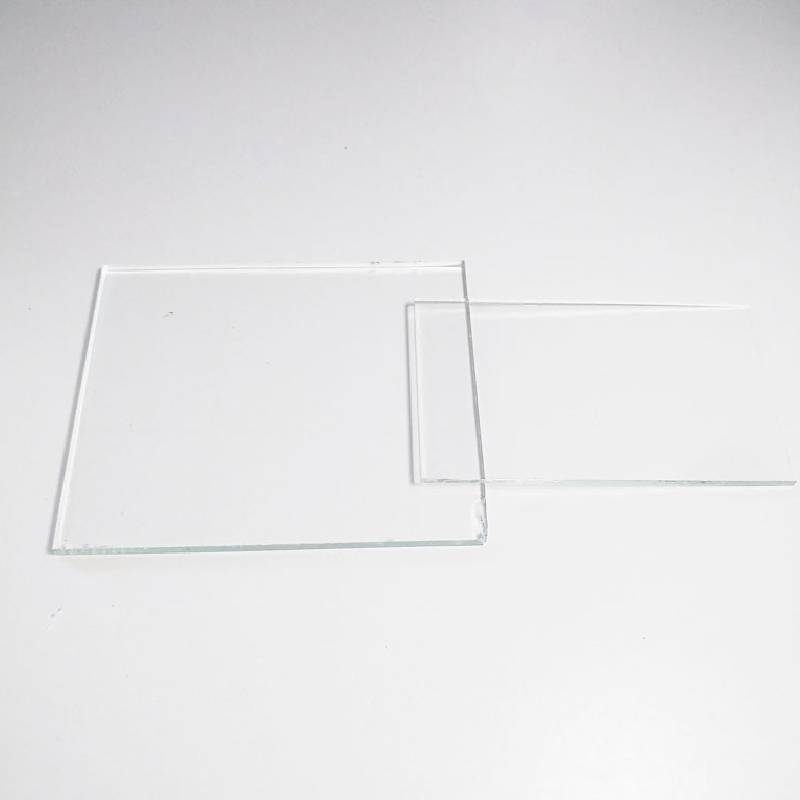The Science and Safety of Toughened Glass Breaking
Toughened glass, also known as tempered glass, is a type of safety glass that has been treated to withstand higher levels of stress than standard glass. This process involves heating the glass to a high temperature and then rapidly cooling it, which creates a state of compressive stress on the surface and tensile stress within the core. The result is a material that is not only stronger but, when broken, shatters into small, blunt pieces rather than sharp shards. This property is what makes toughened glass an essential choice for many applications, including windows, doors, and even car windshields. However, it’s important to understand both the science behind its breaking and the safety measures associated with its use.
The Process of Toughening Glass
The toughening process begins with heating the glass to over 600 degrees Celsius. Once this temperature is reached, the glass is then cooled rapidly in a controlled manner. This quick cooling process is known as quenching and is critical to the creation of the stress profile that gives toughened glass its strength. The outer layers of the glass cool more quickly than the inner layers, resulting in a compressive stress on the surface and a tensile stress in the center. This stresses the glass in a way that increases its resistance to impact and thermal shock.
Breaking Mechanisms
While toughened glass is significantly more resilient than regular glass, it is not indestructible. There are several ways in which toughened glass can break. One common cause of breakage is thermal stress. If a part of the glass is heated while another part remains cold, differential expansion can create enough stress to break the glass. Another source of breakage can be mechanical impact; though toughened glass is designed to resist impacts, significant force can still exceed its strength.
When toughened glass breaks, it does so in a predictable manner. Unlike standard glass, which breaks into sharp, dangerous shards, toughened glass shatters into small, pebble-like pieces. This characteristic minimizes the risk of injury from sharp edges. This feature makes it particularly suitable for use in public spaces, safety applications, and in environments where human interaction is frequent.
Applications of Toughened Glass
toughened glass breaking
The unique properties of toughened glass have led to its widespread use in various applications. In building design, it is commonly used in facades, doors, and windows, providing not only structural integrity but also aesthetic appeal. In the automotive industry, toughened glass is used for windows and windshields due to its ability to withstand significant pressure and impact. Additionally, toughened glass is employed in shower screens, glass tables, and even glass balustrades, where safety and durability are of utmost importance.
The use of toughened glass is especially critical in high-rise buildings and commercial spaces, where the risk of breakage can be higher due to wind pressure and environmental factors. By incorporating toughened glass into their designs, architects and builders enhance safety and compliance with building codes, which often require the use of safety glass in specific applications.
Safety Considerations
Despite its advantages, there are safety considerations associated with toughened glass. It is crucial to note that once toughened glass has been produced, it cannot be reshaped or drilled without risking breakage. Additionally, while the risk of injury is significantly reduced due to the way it shatters, accidents can still occur, particularly if the glass is damaged or improperly installed.
For this reason, it is important for consumers and builders to work with certified professionals when installing or replacing toughened glass. Regular inspections can help identify potential weaknesses that may lead to failure, allowing for timely maintenance and replacement.
Conclusion
Toughened glass is a remarkable innovation in material science that enhances safety and performance in numerous applications. Understanding the breaking mechanisms and the properties that differentiate it from regular glass is essential for both consumers and industry professionals. With proper handling, installation, and maintenance, the benefits of toughened glass can be fully realized, contributing to safer environments in homes, workplaces, and public spaces alike.
 Afrikaans
Afrikaans  Albanian
Albanian  Amharic
Amharic  Arabic
Arabic  Armenian
Armenian  Azerbaijani
Azerbaijani  Basque
Basque  Belarusian
Belarusian  Bengali
Bengali  Bosnian
Bosnian  Bulgarian
Bulgarian  Catalan
Catalan  Cebuano
Cebuano  Corsican
Corsican  Croatian
Croatian  Czech
Czech  Danish
Danish  Dutch
Dutch  English
English  Esperanto
Esperanto  Estonian
Estonian  Finnish
Finnish  French
French  Frisian
Frisian  Galician
Galician  Georgian
Georgian  German
German  Greek
Greek  Gujarati
Gujarati  Haitian Creole
Haitian Creole  hausa
hausa  hawaiian
hawaiian  Hebrew
Hebrew  Hindi
Hindi  Miao
Miao  Hungarian
Hungarian  Icelandic
Icelandic  igbo
igbo  Indonesian
Indonesian  irish
irish  Italian
Italian  Japanese
Japanese  Javanese
Javanese  Kannada
Kannada  kazakh
kazakh  Khmer
Khmer  Rwandese
Rwandese  Korean
Korean  Kurdish
Kurdish  Kyrgyz
Kyrgyz  Lao
Lao  Latin
Latin  Latvian
Latvian  Lithuanian
Lithuanian  Luxembourgish
Luxembourgish  Macedonian
Macedonian  Malgashi
Malgashi  Malay
Malay  Malayalam
Malayalam  Maltese
Maltese  Maori
Maori  Marathi
Marathi  Mongolian
Mongolian  Myanmar
Myanmar  Nepali
Nepali  Norwegian
Norwegian  Norwegian
Norwegian  Occitan
Occitan  Pashto
Pashto  Persian
Persian  Polish
Polish  Portuguese
Portuguese  Punjabi
Punjabi  Romanian
Romanian  Russian
Russian  Samoan
Samoan  Scottish Gaelic
Scottish Gaelic  Serbian
Serbian  Sesotho
Sesotho  Shona
Shona  Sindhi
Sindhi  Sinhala
Sinhala  Slovak
Slovak  Slovenian
Slovenian  Somali
Somali  Spanish
Spanish  Sundanese
Sundanese  Swahili
Swahili  Swedish
Swedish  Tagalog
Tagalog  Tajik
Tajik  Tamil
Tamil  Tatar
Tatar  Telugu
Telugu  Thai
Thai  Turkish
Turkish  Turkmen
Turkmen  Ukrainian
Ukrainian  Urdu
Urdu  Uighur
Uighur  Uzbek
Uzbek  Vietnamese
Vietnamese  Welsh
Welsh  Bantu
Bantu  Yiddish
Yiddish  Yoruba
Yoruba  Zulu
Zulu 

